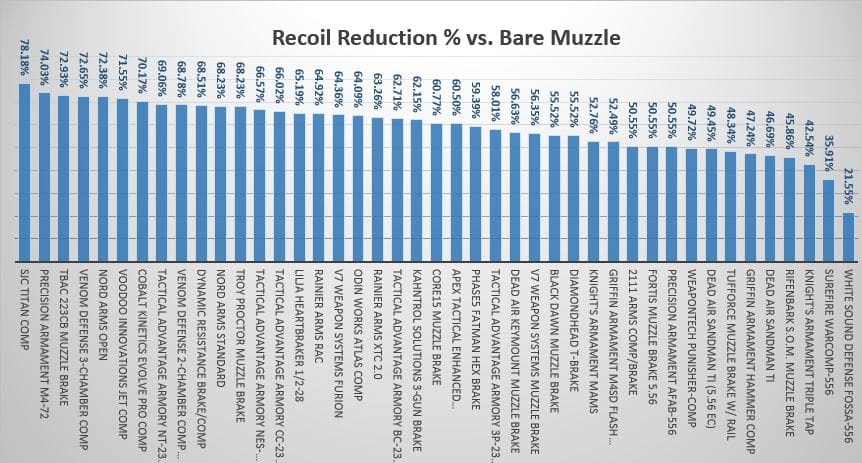

The snappier recoil that people experience with lighter bullets likely results from their faster acceleration. Light bullets produce more recoil than heavy bullets because they require more gunpowder to achieve their higher required velocity. As long as you're not comparing bullets of drastic differences in design and construction, such as jacketed versus frangible, or working with vastly different COLs, this rule holds.ĭifferent bullet weights produce different amounts of recoil when loaded to the same power factor. 38 Super with mixed brand 115-, 130-, 147- and 180-grain jacketed bullets), and the result is the same heavy bullets produce less recoil and require less gunpowder than light bullets for the same power factor. This comparison has been run several times with different calibers, bullet brands and gunpowder (.40 S&W with mixed brand 165-, 180- and 200-grain jacketed bullets. Even if the Rainier bullet data was excluded, the two Berry's bullets (230- and 185-grain) illustrate the point very well. However, this slight deviation in shape that would result in a small deviation in internal volume did not adversely affect the main results. The Rainier bullet nose is slightly pointy, which makes it a little longer than it would be if it had the same nose shape as the Berry's bullets. The two Berry's bullets have virtually identical nose shapes, so their difference in internal volume is ideal for this test when they are loaded to the same COL.

I tested bullets of the same nose shape loaded to the same COL so that the internal volume is proportionately affected by the difference in the length of the bullet itself. I tried to control for this by using the same type of bullet (plated), albeit two different brands.ĬOL is another variable that can affect these results since it affects pressure, which affects velocity. One possible confound to comparing bullets of different weights is that they might differ in their construction (lead hardness, jacket hardness and thickness) which could affect their friction coefficient, which could affect their velocity which would affect the calculations. The light bullets' shorter barrel time and additional recoil likely combine to make their recoil feel different from heavy bullets. Light bullets must go faster than heavy bullets to achieve the same power factor, so they accelerate faster and spend less time in the barrel. Light bullets tend to have a quicker "snappy" feel while the heavy bullets tend to have a slower "pushy" feel. Many shooters claim that the recoil of light and heavy bullets feels different when loaded to the same power factor.


 0 kommentar(er)
0 kommentar(er)
